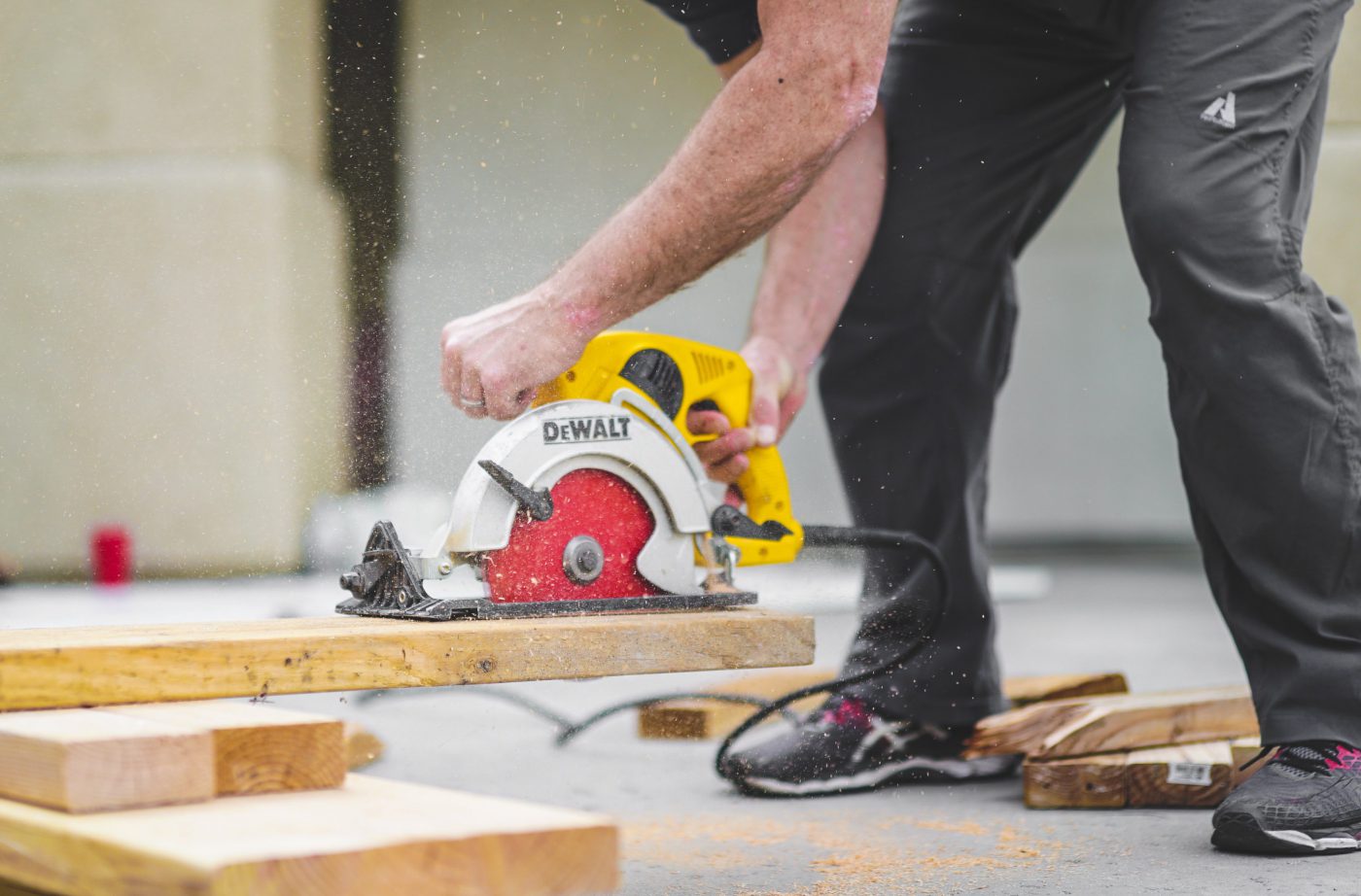Liability for defective products
If a defective product causes an accident that results in death, injury or property damage, the manufacturer, distributor, retailer and lessor of the product may be liable for the damages caused by the product. The party suffering injury or damage is called the plaintiff, and the party sued for damages is called the defendant.
The plaintiff must establish that a product has a defect that made it unreasonably dangerous at the time the product left the control of the defendant. “Unreasonably dangerous” means that the product must be more dangerous than the ordinary user would expect. Such a defect can be shown by proving a flaw in the materials used, faulty manufacturing, an unsafe design, or inadequate instructions or warnings. It may also be possible to show that the product was defective because it did not perform in keeping with the user’s reasonable expectations. In some instances, it is not necessary to prove that the defendant was negligent.
The plaintiff must show that after the product was placed in use, it was not altered in a way that materially increased the risk of product failure or accident. However, if such an alteration was made according to the defendant’s instructions, the alteration itself may be the defect. In addition, the product must have been used in a manner for which it is intended or reasonably anticipated.
If a defective product causes an accident, it is possible to bring a lawsuit against the manufacturer or distributor of the product, even though the person injured purchased the product from a retailer and not directly from the manufacturer or distributor. The damaged party can be the purchaser, consumer, user of the product, family member or bystander. It is necessary to show that the company sued was in the business of manufacturing or marketing such products and distributed the defective product that caused the accident.
Usually disclaimers or limitations of liability for damages in the seller’s or manufacturer’s sales contracts or product literature do not prevent an injured person from recovering damages. This is especially true if the product was purchased and used primarily for personal or household use, as distinguished from business purposes.
It may also be possible to recover against a seller of a used product, if the seller is in the business of selling such used products and made an explicit or implicit representation that the product was safe.
The total money damages in a product liability case may be reduced because of the “comparative” fault of the plaintiff that was related to the accident. Oregon’s product liability laws require a plaintiff to be no more than 50 percent at fault to be awarded damages.
If you think you have a products liability claim, it is very important to protect and preserve the product as much as possible, and prevent any avoidable deterioration or change in it. This is so, even if the product has been damaged in the accident and is quite large. Examination for defects by an expert may be required. It is also important to gather and save all purchase bills, sales contracts, and delivery, assembly, repair, maintenance, service and warranty papers and any other documents that may be available. Such information will be very helpful.
Although a defect in the product must have existed when it left the defendant’s control, it need not have appeared immediately. Many defects do not cause accidents or occurrences until later in the product’s useful life. However, in Oregon, you must ordinarily file your lawsuit within a maximum of two years after the death, damage or injury. If, however, at the time of the accident the product was more than eight years old, you probably will not be able to bring a lawsuit. There are exceptions to the eight-year rule for asbestos products and breast implants containing silicone, silica or silicon, side-saddle gas tanks and certain extendable equipment.


Leave a Reply
Want to join the discussion?Feel free to contribute!